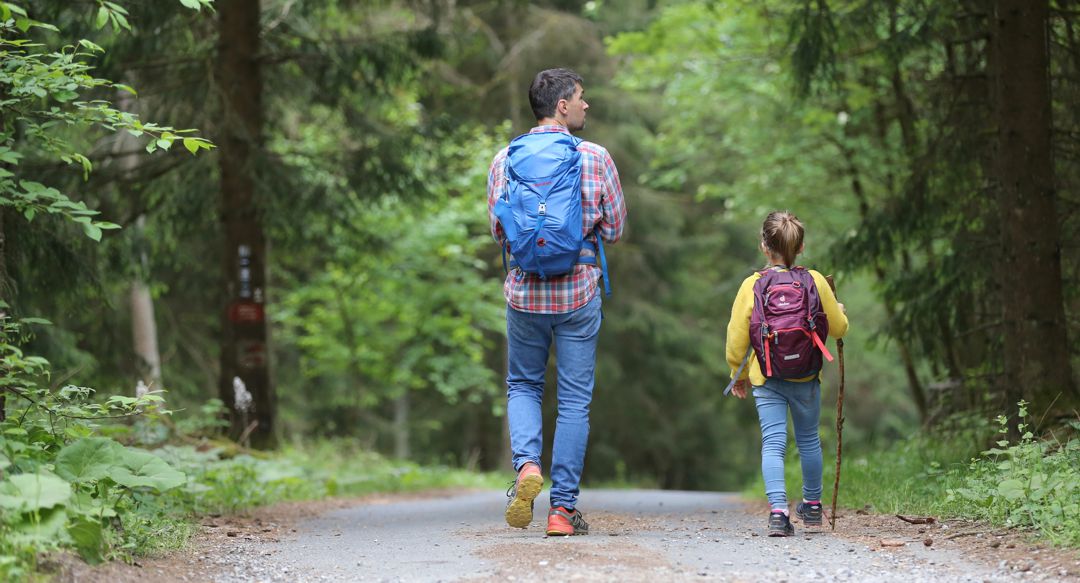
Teaching children about the threats of climate change can seem like a difficult topic to approach. However, preparing little ones for the state of our climate is just as important as telling them to look both ways before crossing the street, both are urging children to be cautious of their actions. The longer we postpone changes in our lives the more it will affect the younger generations, which is why it is necessary to share with children at a young age the importance of protecting our climate. The sooner they inherit green habits the more likely they are to live a more sustainable lifestyle (no pun intended).
Our climate has been changing over centuries making some changes hard to visualize. How do you explain something to a child that they can’t see firsthand? As young children, our brains are so impressionable that we believe a small fairy comes in the middle of the night to take our teeth. Including environmental themes into brain-developing games can set the impression of “this is what we do, this is who we are” leaving less room for confusion.
Creating a Language
The first step to understanding climate change is understanding the terms that come with it. Creating vocabulary flashcards with phrases such as “recycling”, “atmosphere”, or “pollution”, and matching definitions allow children to play matching games. NASA has created playing cards with different superhero-like characters that make up the “Greenhouse Gases”. On one side of the card, children can learn elements such as methane or carbon dioxide. Once the child flips the card, they can read the different ways these gasses trap heat within our atmosphere. Because matching games improve cognitive skills your child will be learning about environmental terminology while strengthening their memory, concentration, and critical thinking skills.
Today is a Great Day to Start
One might wonder, at what age should children begin to learn about climate change? Well, the answer is as soon as possible. Sensory bins have become increasingly popular due to encouraging motor skills such as scooping, dumping, or pouring. An easy way to incorporate environmental themes is by creating a compost sensory bin. By dumping compostable trash like coffee grinds, fresh-cut grass, nutshells, and newspaper clippings into a bin, children can learn how to keep soil healthy while practicing motor skills.
Making it Part of Your Day
Another step to teaching young ones about a greener lifestyle is by incorporating it into their housework. Whether it be watering the plants or washing the laundry on cold, it is quite easy to incorporate green habits into chores. Growing up, it was always my responsibility to take the recycling to a center with my dad. I never questioned why I had to take the recycling, I just knew it was my chore which again incorporated the theme of “this is what we do, and who we are”. This eventually created a bond between us making “recycling days” equivalent to a “father-daughter day”. By combining chores with environmental teaching elements it emphasizes responsibility when learning about the climate crisis.
Fear is not a Great Motivator
The final and most important step to teaching children about the climate crisis is to not scare them. Implementing fear will only create negative feelings surrounding the environment. Children should also be taught if those around them are not making the same efforts to improve the climate, it does not make them “bad”, it is a moment to teach. The message is not to live a green lifestyle out of fear but to care for the environment in order for it to thrive for future generations.
 Makynna Keefe is a research assistant for Mrs. Green and a self proclaimed ‘little green fact book‘. Growing up Makynna has always looked for new steps to take in order to protect our climate. Whether it be trips to the recycling center or lifestyle changes like shopping locally, Makynna is always looking for new ways to push herself and those around her.
Makynna Keefe is a research assistant for Mrs. Green and a self proclaimed ‘little green fact book‘. Growing up Makynna has always looked for new steps to take in order to protect our climate. Whether it be trips to the recycling center or lifestyle changes like shopping locally, Makynna is always looking for new ways to push herself and those around her.